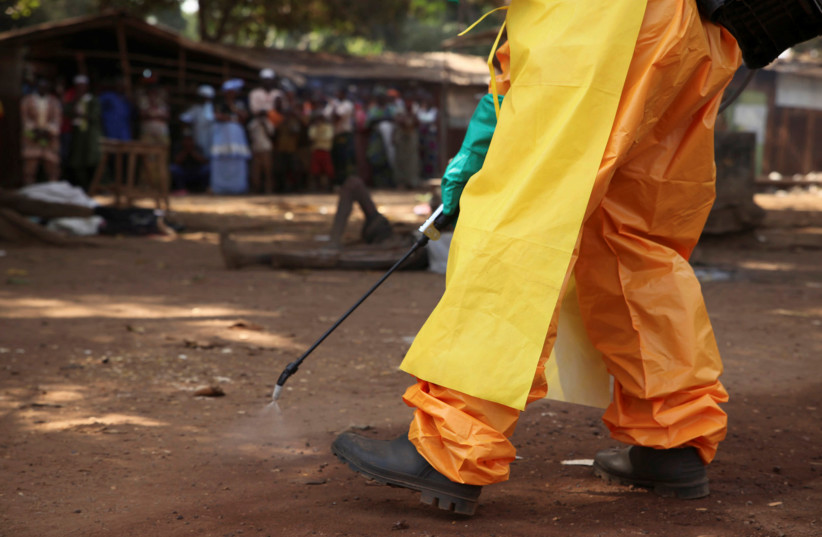A man in Spain who was initially suspected of having the deadly Marburg disease tested negative on Saturday and does not have the virus, the health ministry said.
Spain thought it had detected its first suspected case of Marburg disease, a deadly infectious disease that has led to the quarantining of more than 200 people in Equatorial Guinea, health authorities in the Spanish region of the Valencia said on Saturday.
A 34-year-old man, who had recently been in Equatorial Guinea, has been transferred from a private hospital to an isolation unit at the Hospital La Fe in Valencia while tests are carried out, the regional health authorities said.
Three health staff who are treating the man have been isolated as a precautionary measure, authorities said.
The results of tests to determine if the patient has the virus should be known this weekend, a spokesperson for the Spanish Health Ministry said.
Marburg virus
Marburg virus can have a fatality rate of up to 88%, according to the World Health Organization (WHO). There are no vaccines or antiviral treatments approved to treat it.


Equatorial Guinea quarantined more than 200 people and restricted movement on February 13 in its Kie-Ntem province, where the hemorrhagic fever was first detected.
The small central African country has so far reported nine deaths as well as 16 suspected cases of the disease, with symptoms including fever, fatigue, blood-stained vomit and diarrhea, according to the WHO.
The WHO said it was increasing its epidemiological surveillance in Equatorial Guinea.
Cameroonian authorities detected two suspected cases of Marburg disease on February 13 in Olamze, a commune on the border with Equatorial Guinea, the public health delegate for the region, Robert Mathurin Bidjang, said on February 14.
Cameroon had restricted movement along the border to try to avoid contagion.
